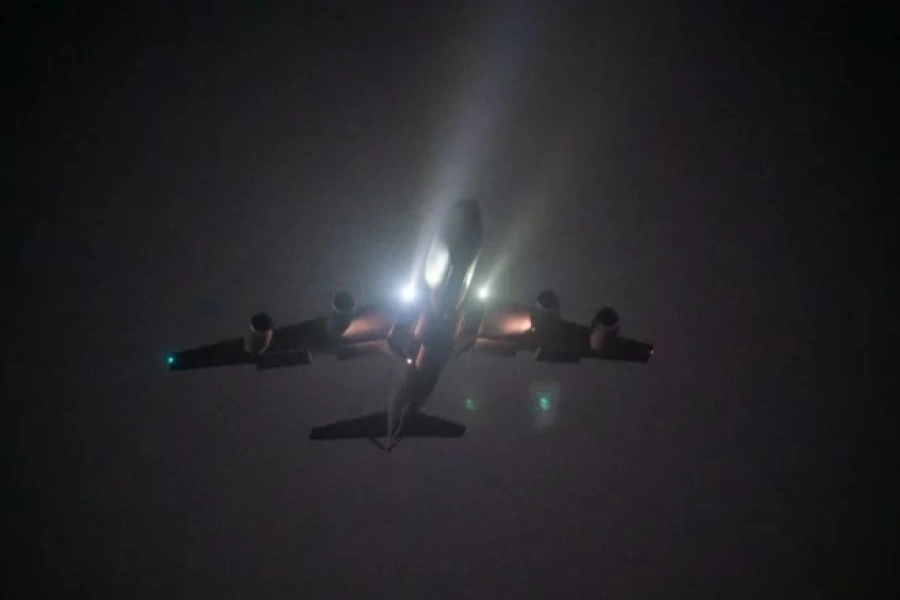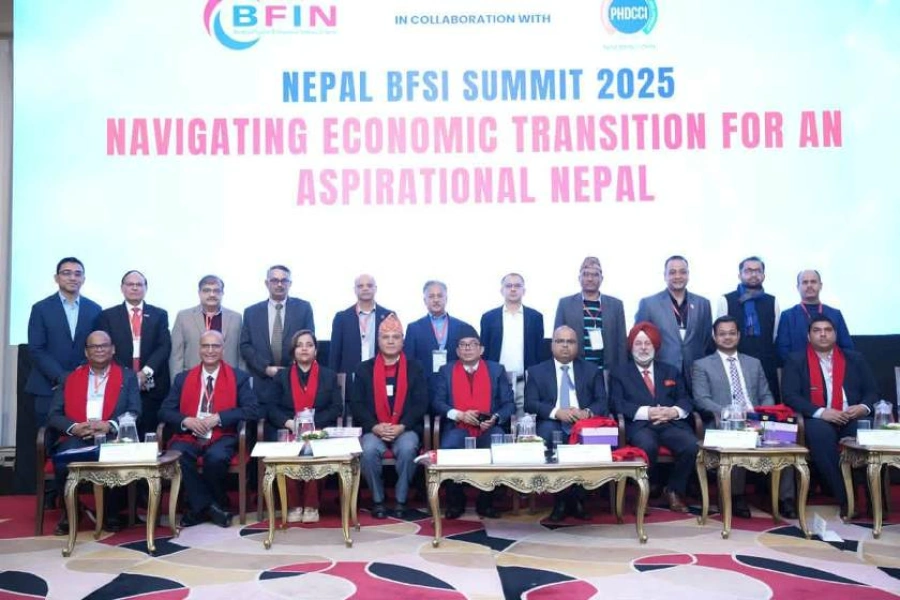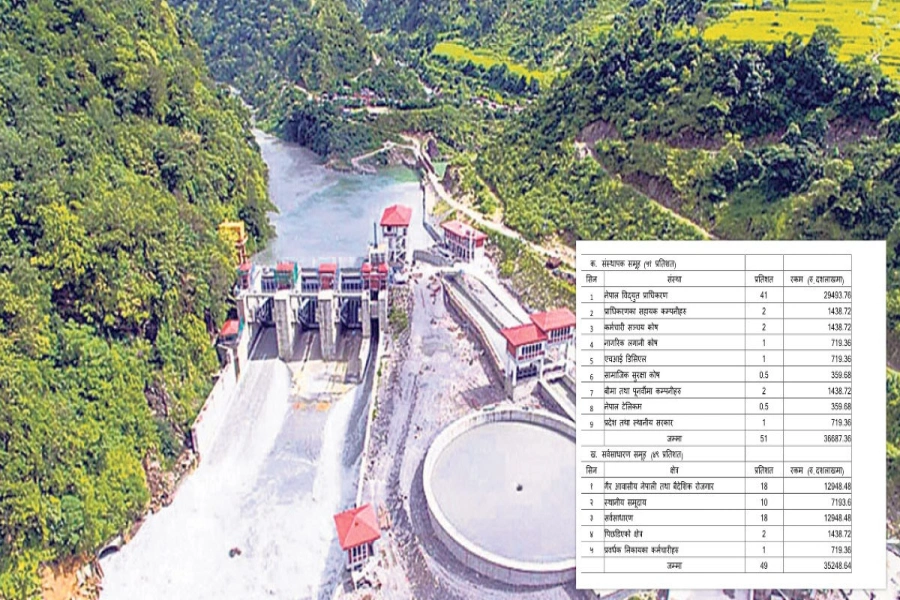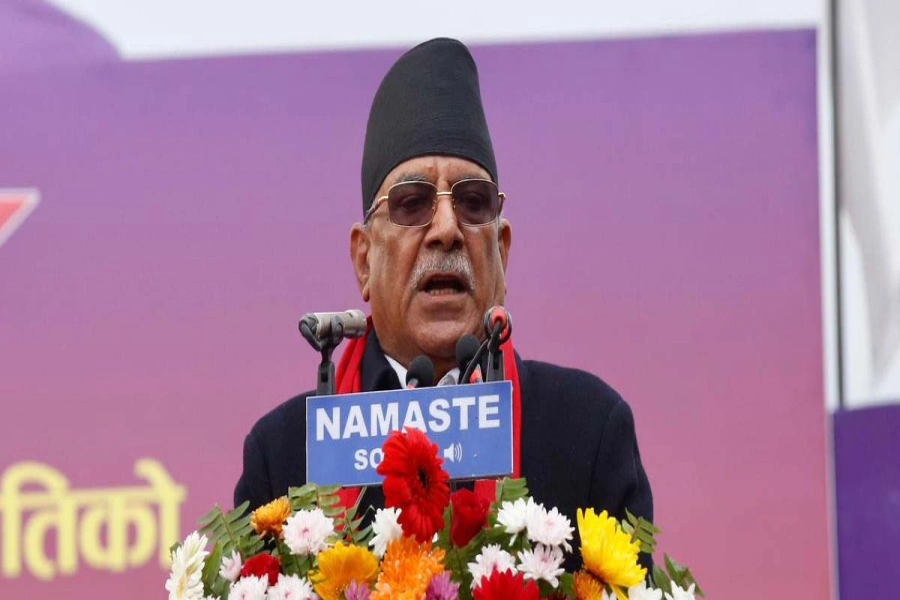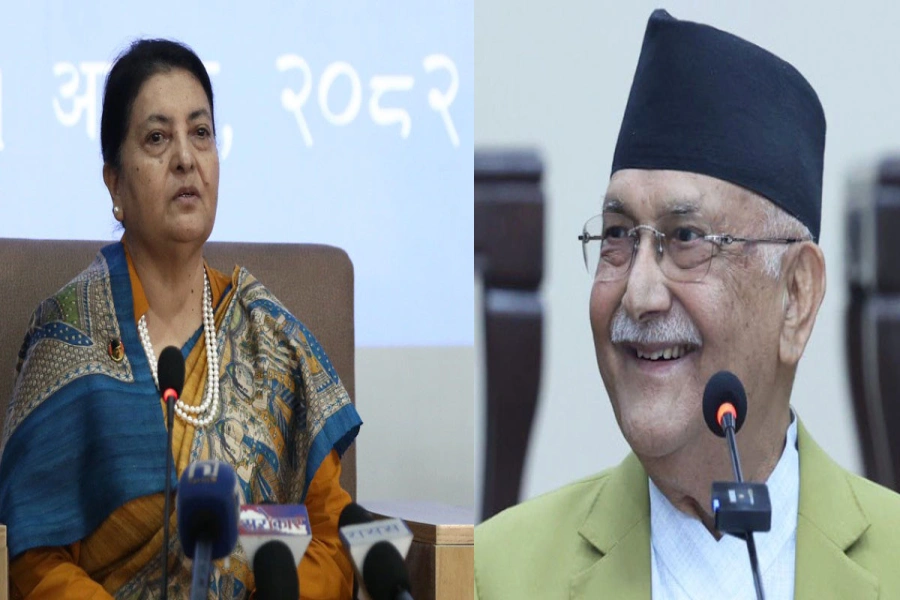KATHMANDU, Dec 26: Nepali traders have been paying as high as 32 percent of the actual cost of the goods for transport, transit, delivery, storage and official procedures due to lack of related infrastructure and poor government policies.
According to the freight forwarders, they face excessive costs mainly due to lack of trade logistics and related government policies. “Traders have to bear an extra 28-32 percent of the actual cost due to these reasons. This has resulted in an increase in the prices in the domestic market, while Nepali goods also lose price competitiveness in the international market,” said a freight forwarder on condition of anonymity.
In an attempt to address the problem, the government just last week endorsed the Trade Logistics Policy 2022. Narayan Prasad Regmi, spokesperson for the Ministry of Industry, Commerce and Supplies (MoICS), said the government has introduced a specific policy in order to build trade-related infrastructure. “It is expected to help reduce trading costs of entrepreneurs,” Regmi said.
Nepal slips 19 places in logistic performance index

The new policy has identified three objectives and 13 strategies, which are mainly related to development of trade related infrastructure, service and good governance. It has envisioned developing Nepal as an economic corridor through development of various transport networks.
The policy talks about developing an integrated system for both construction and operation of trade-related infrastructure.
Facilitating domestic and foreign investment to build such infrastructure; coordination with stakeholders to improve quality of trade infrastructure; capacity building of the service providers and increasing access of micro, small and medium industries in trade logistics are some of the plans forwarded by the new policy.
Likewise, it talks about using innovative technologies to enhance the supply chain and development of a master plan for construction of infrastructure for an integrated trading system. Traders however termed the new policy as a vague idea as it fails to specify the issues like bonded and non-bonded warehouses, intermodal or multimodal system, taxation and possibilities of changing transit route and sale destinations, which are the key issues of trade logistics.
According to the traders, they time and again face congestion at Kolkata Port and the unavailability of railway rakes to dispatch containers on time. Although there has been an improvement in the customs clearing process, quality of logistics services, tracking and tracing and timeliness of delivery are still poor.
The latest logistic performance report published by the World Bank has identified logistics skill shortages, restructuring global value chains, supply risk and recovery, digital transformation of supply chains, sustainability of supply chains, e-commerce driving demand chains, logistics property and infrastructure and collaborative business models as among the driving forces of cross-border trade in future.





